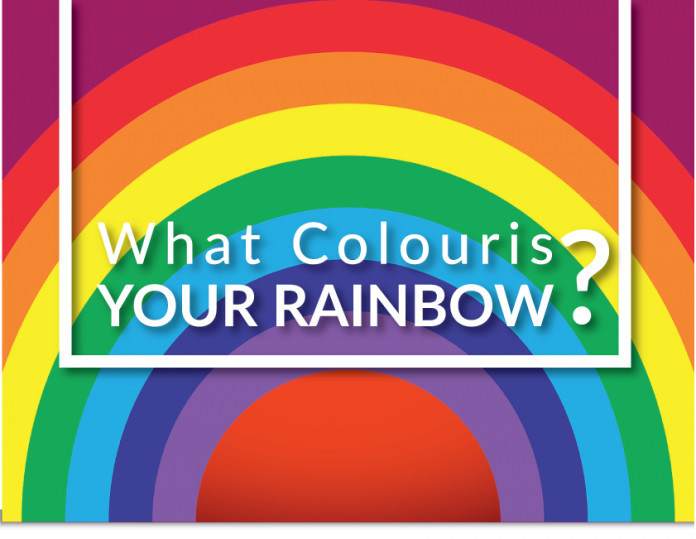The colours of the rainbow so pretty in the sky
Are also in the faces of people passing by
I see friends shaking hands,
Saying “How do you do?”
They’re really saying, “I love you.”
– Louis Armstrong, “What a Wonderful World”
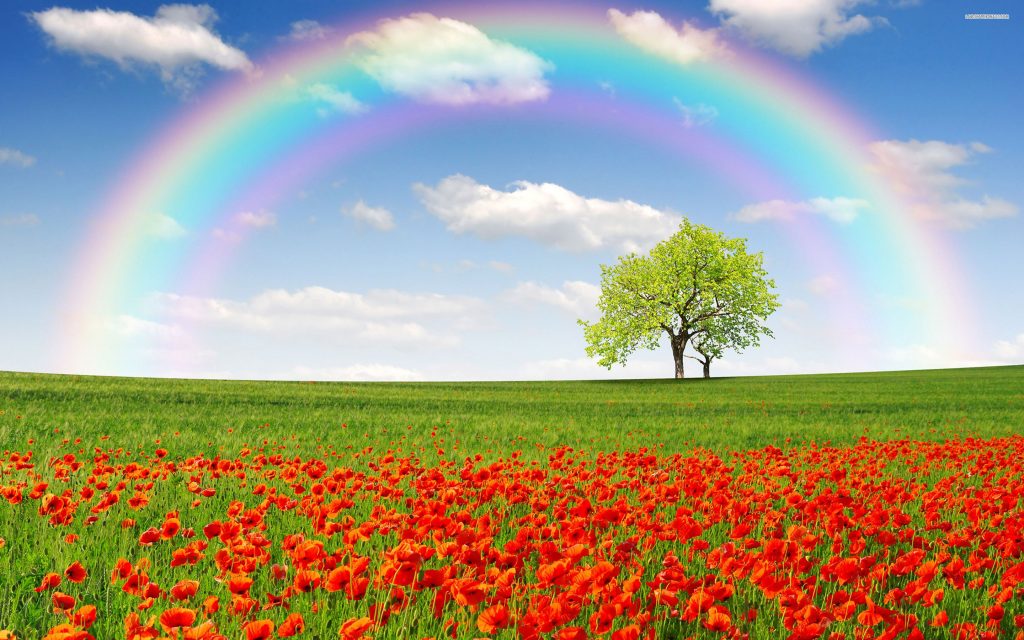
But do the colours of the rainbow really speak a universal language? Apparently not, if you ask a group of international students what cultural associations a few basic colours have for them. As one of my students from Brazil, after talking with classmates from China, Japan, Saudi Arabia, and Russia, observed, “The colours have different meanings for each country, and that’s very interesting. In other words, you can use colours for expressions.” So, let’s slide down a living spectrum and see how people around the globe interpret colour.
Red represents happiness and good luck in China; because of this association, it is the marriage colour. Often Chinese people wear red clothes at a wedding. In Russia, red also means happiness, but on the other hand, in Japan red is the colour of power. In North America, red is associated with passion, strong feelings and anger. We might offer red roses to a lover, or red Valentine’s cards in the shape of a heart on Valentine’s Day, February 14th.
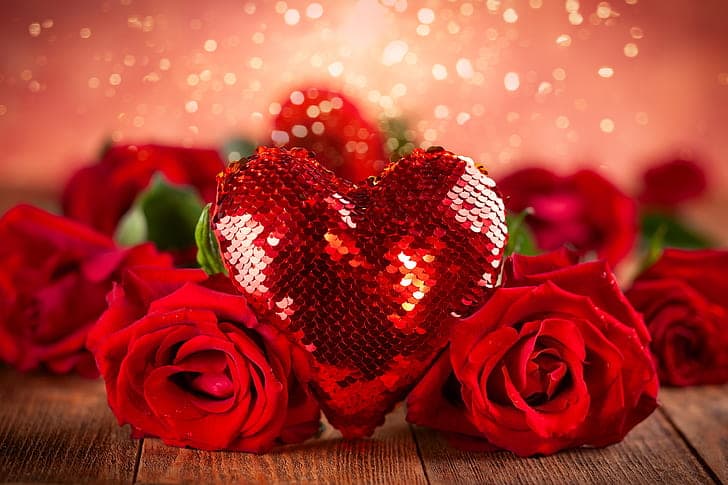
In addition, the expression “to see red” means to feel angry: “That makes me see red.” Furthermore, in North America, softer shades of red, such as pink and rose, have softer, yet still energetic, associations. For example, “To be in the pink” means to feel great: “I am in the pink today,” and “To see the world through rose-coloured glasses” means to be an optimist, who always sees the best in things. Listen to Edith Piaf’s classic interpretation of this as she sings “La Vie en Rose,” in the original French, or in English translation.
To the Chinese, yellow means power, authority, riches and the elite of social status, for in old China, nobody was allowed to use yellow except the emperor. Yellow means the emperor, so to be allowed to wear yellow is to achieve the highest glory in China. In Japan, yellow represents money and good luck. In North America, by contrast, yellow represents cowardice. “He’s a yellow-bellied (yellow-livered) cur,” might be a derogatory remark about a person who is not brave.
In Russia, gold is the colour of power. Similarly, in North America, it represents value and esteem. “To have the golden touch” means to have the gift of making a success of every project you undertake, especially when it comes to making money. This alludes to an old Greek story of King Midas, who asked the gods to let his touch turn everything to gold. Only when he kissed his young daughter and watched her turn to a golden statue before his eyes, did he begin to understand what he truly valued in life. With his change of heart his divine gift had become a curse.
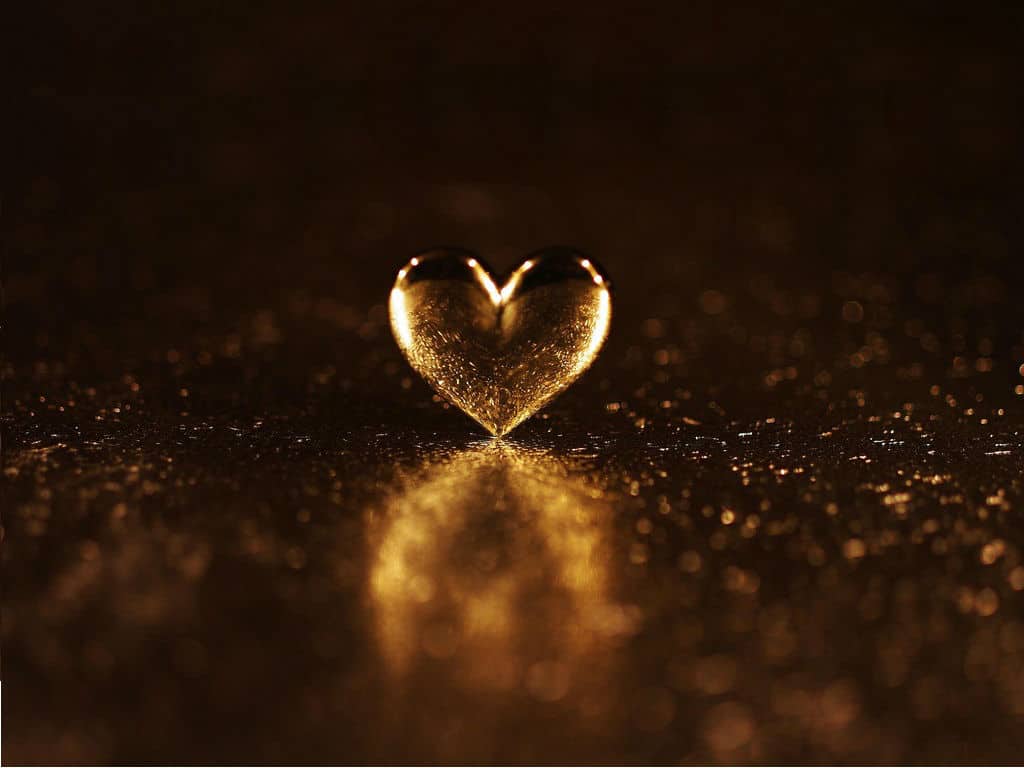
“A heart of gold” is a heart full of kindness and faith. Listen to Canadian-born folk and rock musician Neil Young’s idea of a heart of gold. This North American cultural icon is a member of the influential band Crosby, Stills, Nash and Young, has been twice inducted into the Rock and Roll Hall of Fame, and has been writing songs and performing to sold-out crowds since the late 1960’s. One of his biggest all-time hits is “Heart of Gold.”
Other expressions in English that associate gold with value are “A golden parachute,” meaning a way to leave a situation with a good profit, and “a golden handshake,” which is a lucrative retirement package when a worker retires from a company.
Green means wealth in Arabia, but good luck in Brazil. There are several meanings of green in China. For example, people never wear a green hat in China, for that means your husband or wife cheats on you. Sometimes green means anger, and sometimes green means health, freshness and cleanliness. In North America, green stands for envy, or wanting what someone else has and we can’t get. “I am green with envy” means I want what isn’t mine.
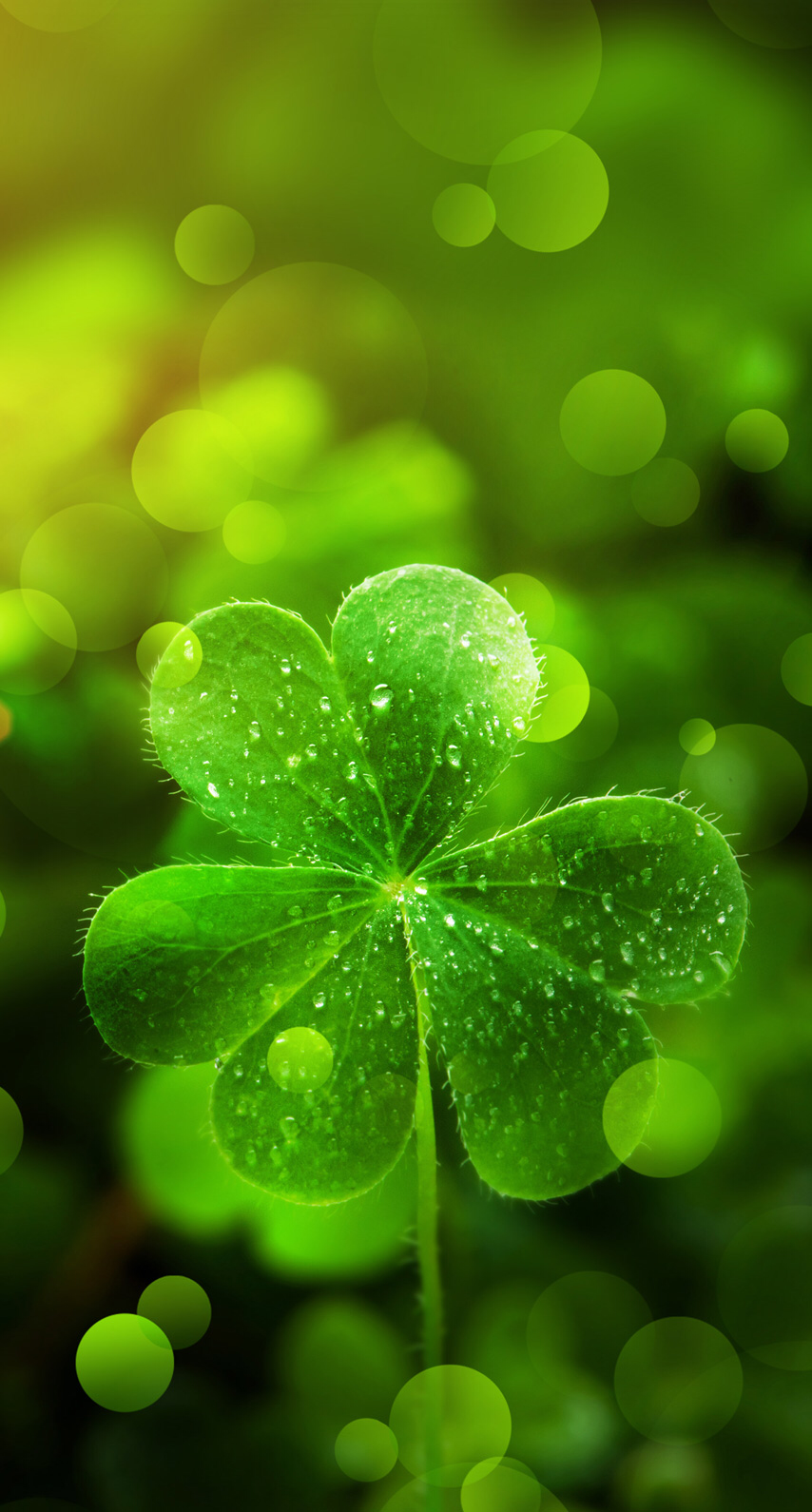
For North Americans, blue represents sadness and depression. “I feel blue” or I am blue” means I am lonely and sad, perhaps melancholy, disappointed and glum. Listen to jazz great Ella Fitzgerald to get the idea.
Royal purple is the colour of kings, known as “Tyrian purple”, because the ancient Phoenicians in the time of the Roman Empire dyed cloth purple from two molluscs (murex trunculus and baccinum lapillus) that thrived in the eastern Mediterranean Sea near the trading cities of Tyre and Byblos. The dye became a hot commodity in international trade of the day, for it was rare, and expensive, so only kings and wealthy people could afford it. Even today, the Queen of England on state occasions wears purple velvet lining in her crown.
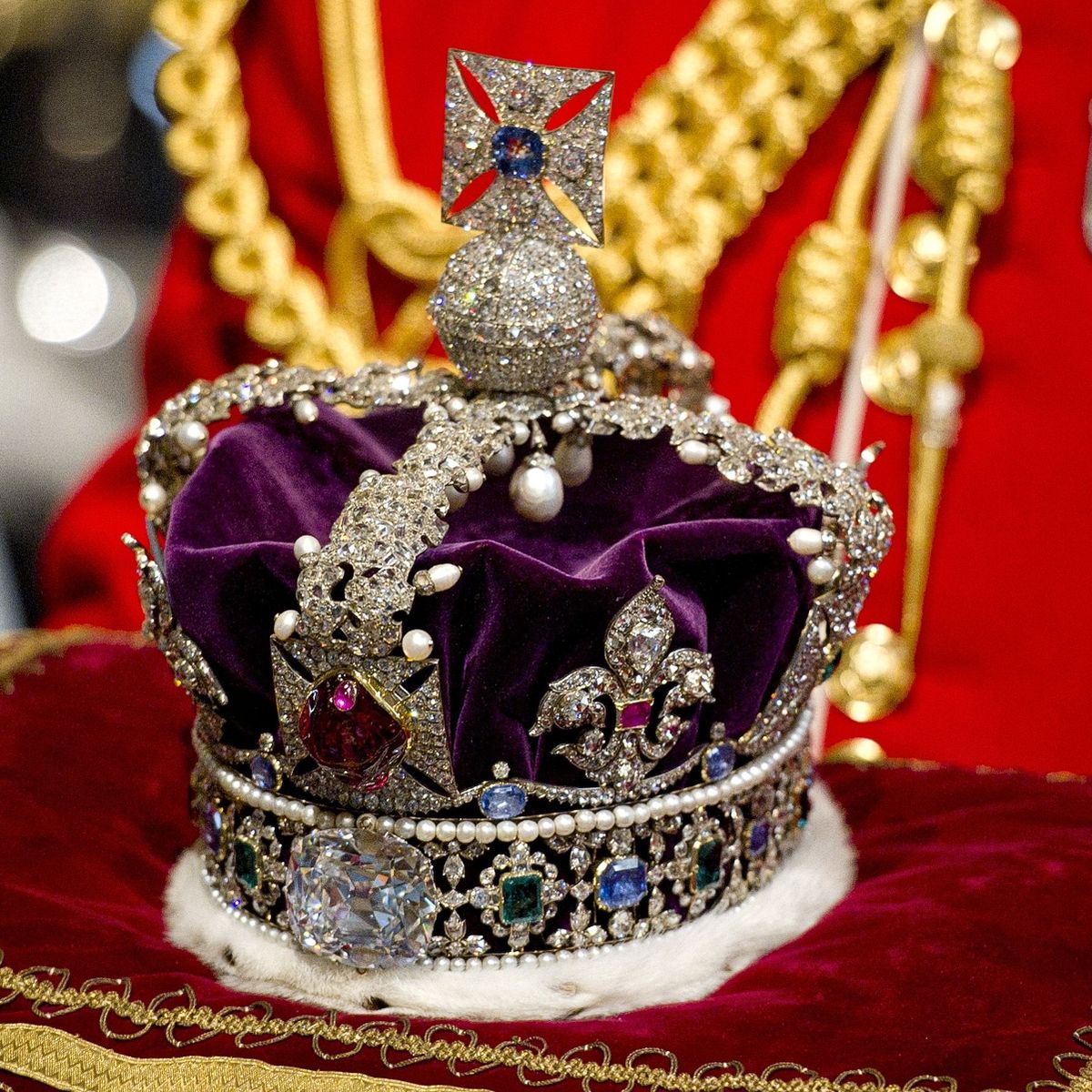
Black means a bad thing or bad luck in China and Arabia. Dark colours, such as dark green and black mean bad luck in Japan, and in Russia, bad luck is dark blue. Perhaps this is one universal- black representing evil, darkness, and fear, for North Americans have similar associations. “A black heart” means an evil mind: “The pirate was a black-hearted villain.”

White represents happiness in Japan, and peace in both Saudi Arabia and North America. “To wave a white flag” means to ask for a truce, or to make peace after war. A messenger, for example, might come out of the besieged city gates waving a white flag. However, in China, white is the colour of mourning, and family members at funerals wear white to signify their loss and grief as they celebrate the life of the loved one who has gone beyond. On the other hand, North Americans associate white with purity- some families dress their children in white at ceremonies of religious initiation, such as baptism and first Communion, and some brides choose a white dress for their wedding.
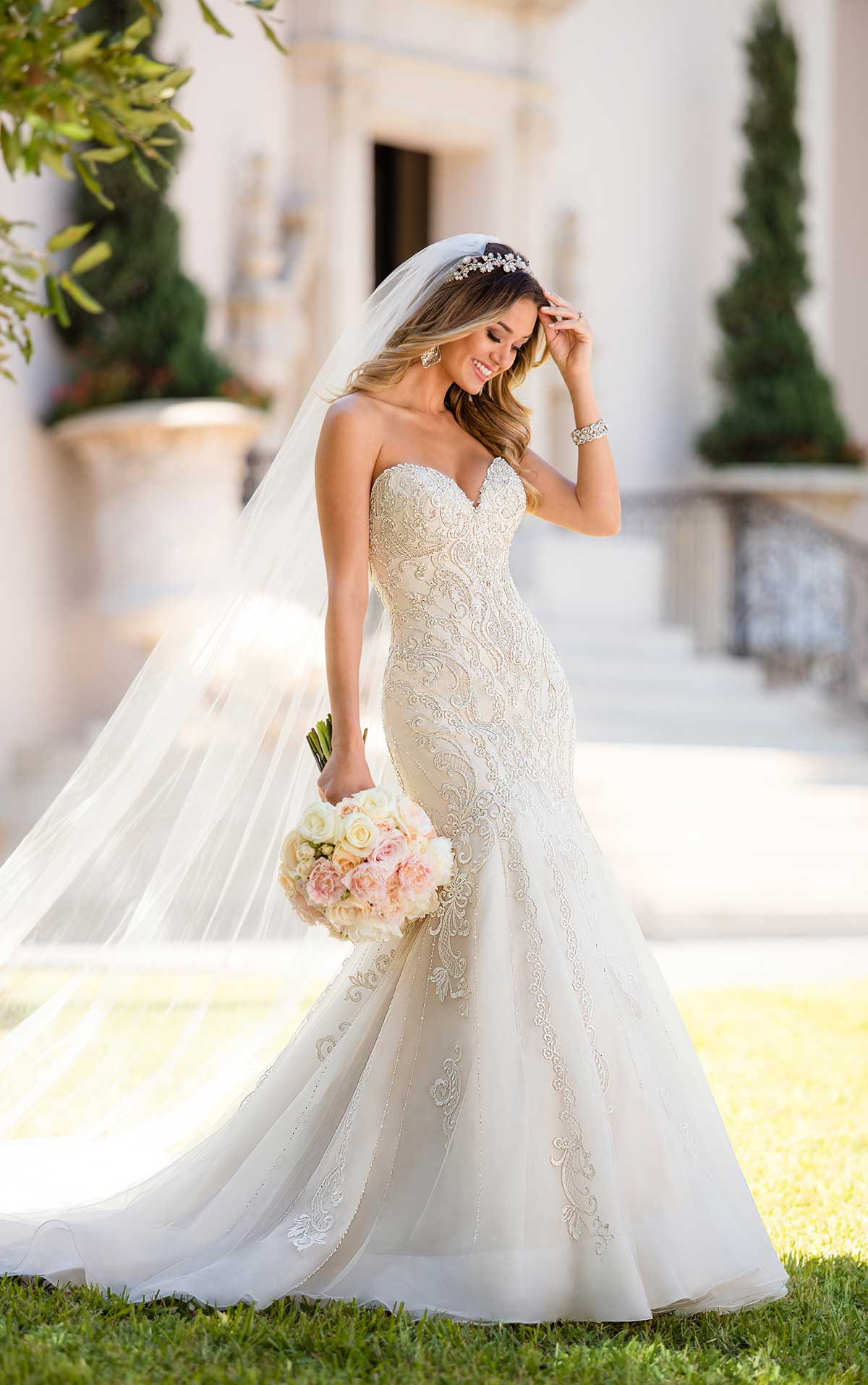
Silver: In North America, we look for the “silver lining” in a cloud, or for the gleam of potential good that can come from every hardship, storm, and period of darkness.
So what’s your colour? Cultures associate colours with different qualities. How many of these colours mean the same in your culture as they do in North America? What other associations do you have with colours?
In my work as teacher of international students at a small university in the interior of British Columbia, I encounter culture shaping language every day. Even though we may learn the words to speak in another language, so much of what we are perceiving and communicating is below the radar. How can we speak to each other and do business without an understanding of the cross-cultural values embedded in even the most basic words and experiences we take for granted? In societies like contemporary Canada, that are increasingly multi-cultural, where in any urban public school, such as Vancouver, according to 2010 statistics from Vancouver School Board, as many as 60% of the students speak a language other than English at home, and in a global business marketplace, that’s the million dollar question.


